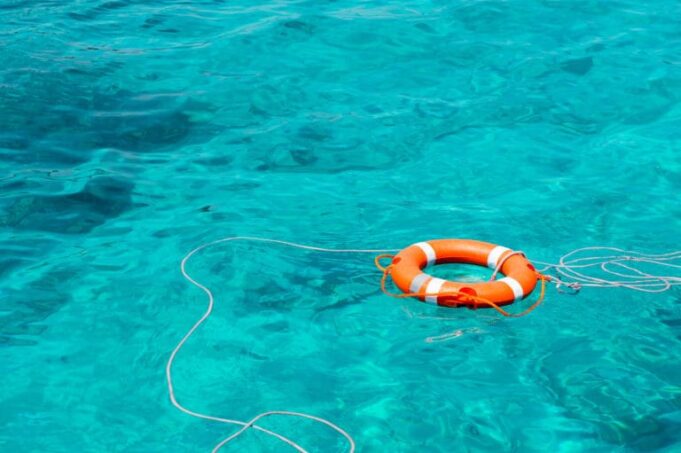If you look at the news, there is a very sobering realization: one of the few things we can absolutely rely on in this world are disasters—large or small, manmade or natural. There is a range of natural disasters: hurricanes, earthquakes, flooding, snowstorms, heat waves and so on. Manmade disasters can be accidental, like a house fire. Manmade disasters can also be acts of terrorism—cyber attack or bombing. There are so many types of emergencies and sometimes, unfortunately, they are impossible to avoid. However, you do have the upper hand: you have the time to make a plan.
The Plan
Your plan should encompass what to do if you have to shelter-in-place or evacuate. Sheltering-in-place involves you staying where you are, whether it be your home, office, or other location during an emergency. If you have to evacuate, it means that where you are is not safe. Local and emergency officials, through social media, radio, and television, will advise on whether to shelter-in-place or evacuate.
The first step is to identify who is factored into your plan (you, your family, your pets). Next, do some research on what hazards have a probability of occurring where you live—a great resource is Ready.gov for the USA. For both shelter-in-place and evacuations, you will want to set up a phone tree to let loved ones know that you are safe, that way you only have to call one person. In addition, Facebook has the safety check feature to let your friends and family know that you are okay. For evacuations, you should pre-identify a location (friend’s house, family’s house, emergency shelter, etc.) and how you plan to get there (walk, drive, train, etc.) with directions.
The Supplies
Depending on the disaster, you may have days, hours, or minutes to evacuate. You can mitigate the chaos of leaving your home or office by having a go-bag.
Your go-bag should include:
- Food (like high-calorie protein/power bars)
- Water
- Cash (preferably in smaller bills—ATMs may be unavailable and people may not have change)
- Change of clothes
- Sensible shoes (if you are leaving the office, you may want to have a spare set of sneakers under your desk!)
- Chargers
- Batteries
- Radio (preferably wind up)
- Flashlight
- Necessities (toiletries, medications)
- First aid kit
- Notebook and pens
- Documents (i.e. a copy of your driver’s license)
- Blanket
- Entertainment (books, cards)
If you have a pet:
- Food
- Water
- Carrier/Leash
- Record of vaccinations
- Toy
- Bags/Litter
- Medications
If you are sheltering-in-place, you will need at least three days worth of water (one gallon per person per day) and food. You may want a radio, flashlight, candles (battery is safer), spare batteries, and a first-aid kit. Lastly, waiting at home for any emergency to end can be boring so make sure you have a book and games to keep you occupied (especially if the power goes out).
The last step is to replace your supplies on an annual basis. I go through my go-bag/shelter-in-place stash on daylight savings and replace anything that has a shelf life, like medications, water, food, and batteries.
Hopefully, you will never have to use your plan or emergency supplies. In the event that you do, you will now have a foundation of readiness, which makes getting through and surviving a disaster less chaotic. It never hurts to have a plan!

















